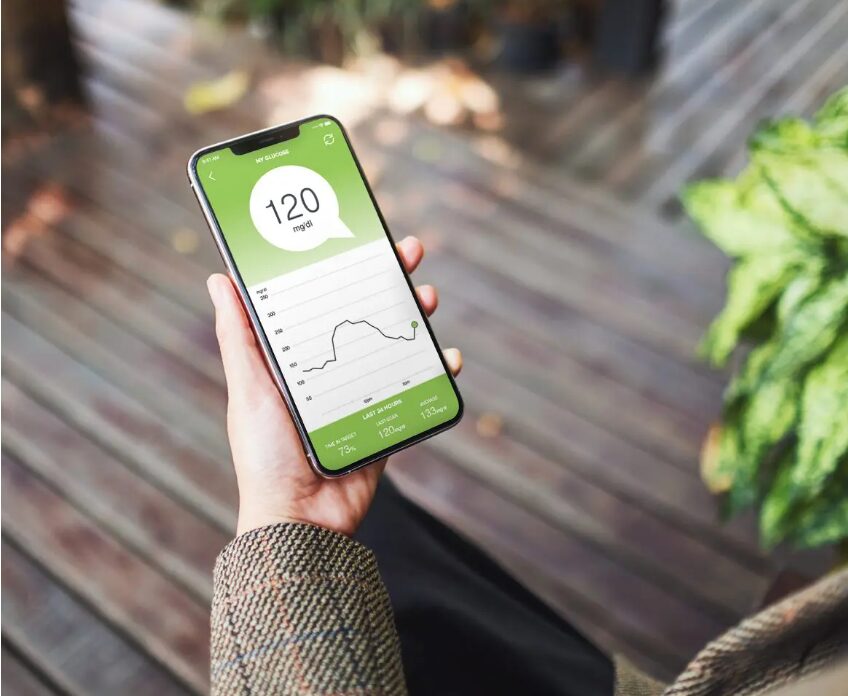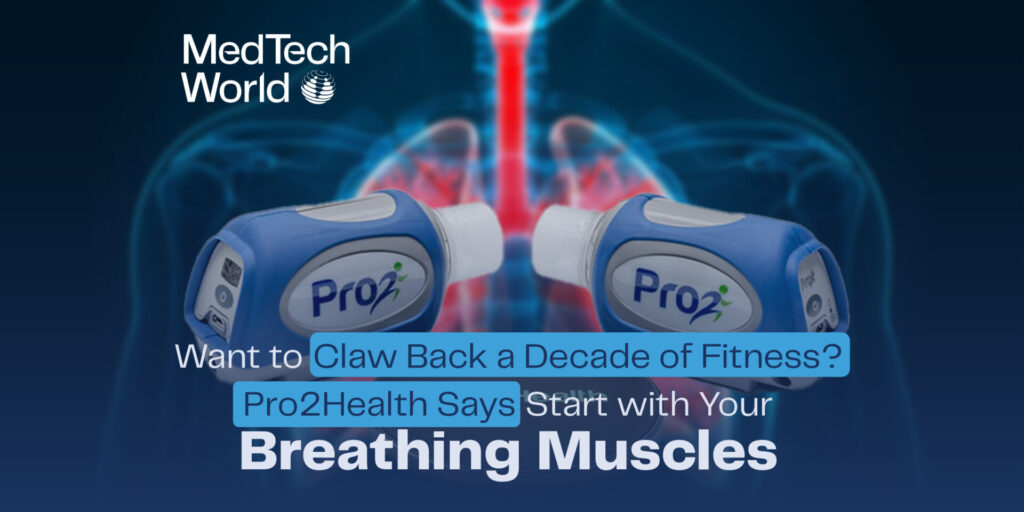
Randy Horton
1st March 2024
Notable Early SaMD Cleared by FDA
One of the unique qualities of Software as a Medical Device (SaMD) is its ability to piggyback off of powerful connected technologies like smartphones, the cloud and Bluetooth to enhance its own capabilities, improving healthcare outcomes and decisions for patients and providers. But SaMD predates many of the technologies that have enabled its current growing and widespread success. The earliest SaMD we have found (so far) ran on the then cutting-edge personal computers using the latest Windows operating systems (OS) of the 1990’s and 2000’s.
In Orthogonal’s ongoing quest to catalog all FDA-cleared SaMD, we wanted to examine some of the earliest entries on our list and see what made them cutting edge for their time. In this article, we’ll share notable early clearances across 10 different device classification panels as defined by the FDA. Thanks again to Basil Systems for their terrific Regulatory Dashboard that we used to fill in details about the below devices.
We estimate that our list may only be ~10% complete at this point. Do you know of any SaMD missing from our list? Help us improve our list by submitting any SaMD you are aware of using this form or by emailing us at [email protected].
Radiology Panel SaMD: Surgicad View
Decision Date: 04/07/1993
Company: Surgicad Corp
FDA Summary: N/A
Surgicad View, which was cleared in April of 1993, is the earliest FDA-cleared SaMD that we have identified so far. While the FDA doesn’t have a summary of its decision on Surgicad View in its database, there are multiple sources that corroborate its status as stand-alone medical device software, like this academic article from a 1996 biomedical engineering conference, this mention in an orthopedics journal from 1994 and the summary of another device, CT-Modeller System, which lists Surgicad View as a predicate.
From these sources, we learn that Surgicad View was a software interface and image segmentation system that converted MRI and CT scans from a medical imaging scanner into Computer Assisted Drawing (CAD) files, enabling doctors to create a 3D model of the scan in a CAD program. The resulting 3D model could be used in pre-operative planning as well as a reference for designing custom prosthetics.
We were also able to find images of Surgicad View in action, thanks to the archival work of design firm Philpo Design, who worked on Surgicad View’s user interface.
Doctor uses the Surgicad View program to view a 3D model of a bone. Source: Philpo Design
Neurology Panel SaMD: Stereoplan Plus
Decision Date: 09/01/1995
Company: Leibinger Group
FDA Summary: K946033
Leibinger Group’s Steroplan Plus Stereotactic Treatment Planning Software was a software tool intended to help doctors plan stereotactic treatments, where surgeons insert catheter needles through an opening drilled into a patient’s skull to remove brain abnormalities. According to the Washington University School of Medicine in St. Louis, “[t]he term ‘stereotactic’ refers to the use of a three-dimensional coordinate system combined with an imaging technique, such as computed tomography (CT) scanning or magnetic resonance imaging (MRI), to precisely locate targets deep within the brain.”
By examining CT, MRI and angiographic images, Steroplan Plus allowed surgeons to visualize where they would need to make incisions and insertions, digitizing the coordinates for use with other stereotactic devices.
General Hospital Panel SaMD: TRxF Intelligent Dosing System
Decision Date: 08/09/2001
Company: The Rx Files Corp.
FDA Summary: K033266
The “General Hospital” panel encompasses “general hospital, infection control and personal use devices.” A notable early device in this panel was the TRxF Intelligent Dosing System, a three-part software suite used to aid healthcare providers in calculating drug dosages.
According to the FDA’s summary, DoseRx could “calculate an individual patient’s optimal next dose for any given agent,”; Interchange Rx allowed providers to “switch a patient from one brand of agent to another while maintaining the therapeutic effect of the original agent,”; and Practice PrescribeRx was a “dosing simulator” to help providers calculate patient dosages for a new or infrequently used drug. The TRxF Intelligent Dosing System could be accessed on IBM-PCs running Windows or Windows CE, as well as on handheld computers like a Palm Pilot, a Casio Cassiopeia or a Hewlet-Packard Jornada.
Cardiovascular Panel SaMD: Vascular Tools 5
Decision Date: 12/16/2004
Company: Medical Imaging Applications LLC
FDA Summary: K050336
The Vascular Tools 5 was a software system that assessed ultrasound scans of the heart to determine the vascular diameter of the brachial and carotid arteries. The thickness of these arteries can be an indicator of cardiovascular diseases.
Screenshot of the Vascular Tools 5 Brachial Analyzer. Source: Medical Imaging Applications, LLC
Vascular Tools 5 was designed to be used on IBM-PCs running either Windows 2000 or Windows XP. For reference, Windows XP was released in 2001, and the next Windows OS, Windows Vista, would be released in 2006.
Ophthalmic Panel SaMD: OPD-Station Software
Decision Date: 8/24/2005
Company: Nidek, Inc.
FDA Summary: K050336
OPD-Station Software was a stand-alone software application for users of Nidek’s OPD-Scan, an autorefractor keratometer or a device that “measures the degree of refractive error in the eye.” OPD-Scan measured the corneal shape and refractive power of a patient’s eyes and displayed that data in the form of colored maps.
Pre- and postoperative OPD-Station evaluation of a patient who underwent LASIK. Source: Semantic Scholar
The OPD-Station Software had the exact same functionalities but could be run on a personal computer, letting users view and manage data away from the physical device.
Clinical Chemistry SaMD: OneTouch Zoom Diabetes Management Program
Decision Date: 6/9/2008
Company: Lifescan, Inc.
FDA Summary: K081318
Diabetes management company Lifescan released this SaMD for viewing blood glucose test data that was integrated with Microsoft HealthVault. Microsoft HealthVault, an early foray by Microsoft into digital health, was a web-based personal health record system launched in 2007 that allowed users to enter and view their personal health and fitness data, as well as share that data with third parties like insurance companies or physicians.
An artifacted screenshot of the OneTouch Zoom interface. Source: software informer
Microsoft phased out HealthVault in 2019 due to it never finding a market fit. It was a technology in search of a problem to solve, and couldn’t compete with newer, more popular personal health and fitness apps or fitness wearables like the Fitbit.
Dental Panel SaMD: OrthoCAD iQ
Decision Date: 10/23/2009
Company: Cadent, Inc.
FDA Summary: K082207
OrthoCAD iQ was software that created a 3D computer model out of impressions of a patient’s teeth to assist in calculating the position of dental brackets. This software was used in the creation of customized indirect bonding trays. Instead of affixing each dental bracket to a patient’s teeth one by one, an indirect bonding tray takes the shape of a patient’s mouth with spaces carved out for the brackets, as calculated by the software.
Screenshot of OrthoCAD iQ. Source: dentalcompare
Orthodontists place the full arch of brackets in the spaces predetermined by the software, coat the patient’s teeth with adhesive, and then place the tray and brackets against the teeth, adhering all brackets at once. This significantly speeds up the process of installing braces.
Obstetrics/Gynecology Panel SaMD: Natural Cycles
Decision Date: 8/10/2018
Company: Natural Cycles
FDA Summary: DEN170052
The first mobile app and first De Novo clear in this article, Natural Cycles monitored a user’s menstrual cycle to inform them about their fertility status. The app required users to manually enter their own data about their periods, fertility tests taken and daily basal body temperature measurements; the app could not collect this data automatically through the smartphone. The app could be used to either help users avoid pregnancy or to optimize chances of conception.
Screenshot of graph view. Source: Natural Cycles
Anesthesiology Panel SaMD: Drowzle
Decision Date: 7/14/2019
Company: Resonea
FDA Summary: K173974
Drowzel was an app that recorded a patient’s respiratory pattern during sleep to help pre-screen for an obstructive sleep apnea (OSA) diagnosis, for use at-home. It captured breathing sounds through the smartphone’s microphone, whereas predicate devices used a physical strip worn on the face. This makes Drowzle an example of a SaMD that is also a Clinical Diagnostics on Consumer Electronics (or CD-CE).
Screenshot of Drowzle OSA pre-screening results. Source: Drowzle
While the app’s intended use, per the FDA summary, was for pre-screening sleep apnea, Drowzel is currently advertised by its manufacturer as a sleep improvement app.
Ear, Nose and Throat Panel SaMD: Otoplan
Decision Date: 8/20/2021
Company: CAScination AG
FDA Summary: K203486
Otoplan was a software interface that visualized DICOM data in both 2D and 3D to help pre-plan and post-operative otological and neurotological procedures – in layman’s terms, ear surgeries. The SaMD specialized in planning surgeries to install cochlear implants, devices that restore hearing to patients with hearing loss. Otoplan was compatible with the Windows 10 OS, which at the time of writing this article is still supported by Microsoft.
Animation of Otoplan’s image fusion feature. Source: CAScination
Conclusion
We’ve shared some of the earliest SaMD in a variety of categories that we’ve found so far, but there are undoubtedly more out there that are not on our list.
If you know of any SaMD that we skipped over in this article, please share them with us by filling out this form or emailing us at [email protected]. With your help, we can make Orthogonal’s list of FDA-cleared SaMD a comprehensive, valuable and enduring resource for the MedTech and digital health communities.
About the Author
Randy Horton, Chief Solutions Officer, Orthogonal
Randy Horton is Chief Solutions Officer at Orthogonal, a software consulting firm that improves patient outcomes faster by helping MedTech firms accelerate their development pipelines for Software as a Medical Device (SaMD), digital therapeutics (DTx) and connected medical device systems. Orthogonal makes that acceleration happen by fusing modern software engineering and product management tools and techniques (e.g., Agile, Lean Startup, User-Centered Design and Systems Thinking) with the regulated focus on device safety and effectiveness that is at the heart of MedTech.
Horton serves as Co-Chair for AAMI’s Cloud Computing Working Group, as well as AAMI CR:510(2021) and the in-process Technical Information Report #115, all of which address how to safely move medical device computing functions into the cloud. He is a frequent speaker at conferences and webinars, including events hosted by AdvaMed, AAMI, HLTH, RAPS and the Human Factors and Ergonomics Society (HFES).
References:
Stereotactic Neurosurgical Procedures
General Hospital and Personal Use Devices Panel
Enlargement of peripheral arteries – an indicator of cardiovascular risk
Autorefractor Keratometer (Auto Ref Keratometer)
Indirect orthodontic bonding – a modified technique for improved efficiency and precision




